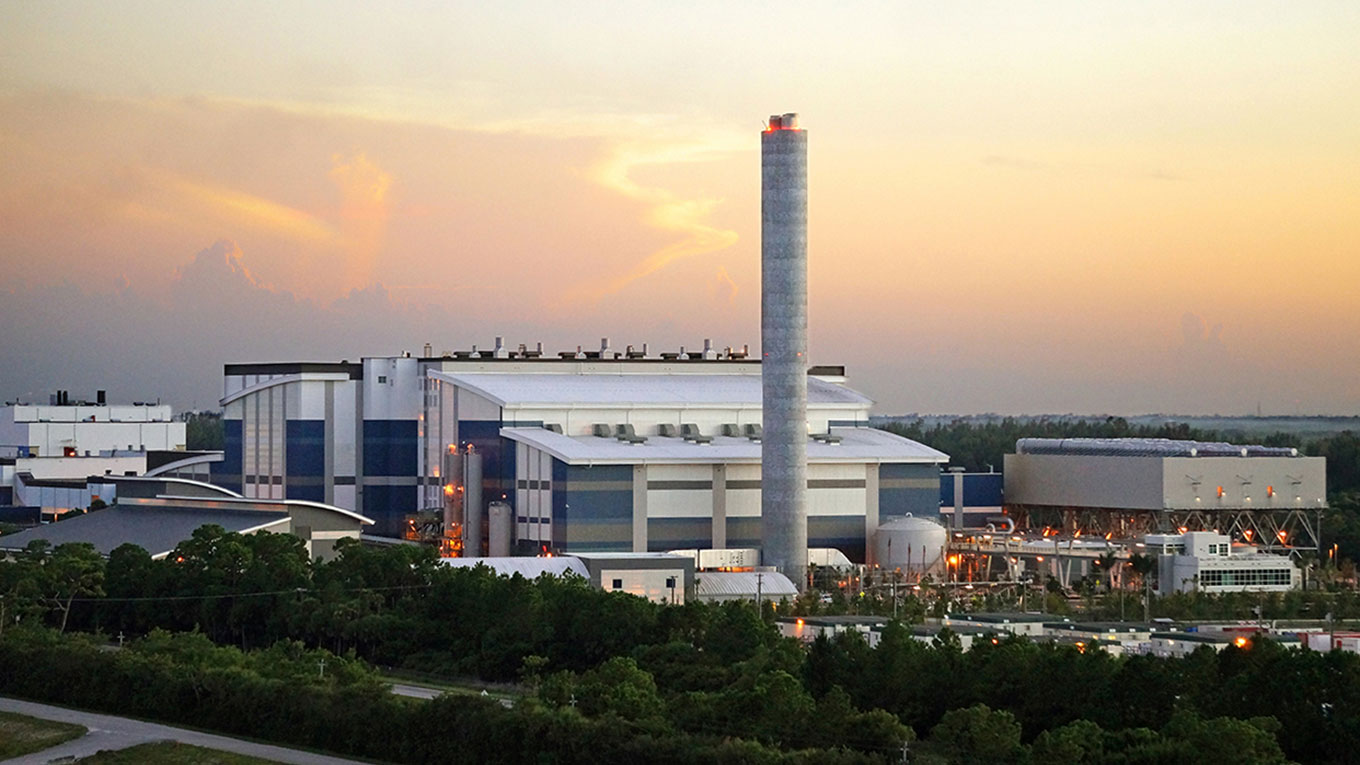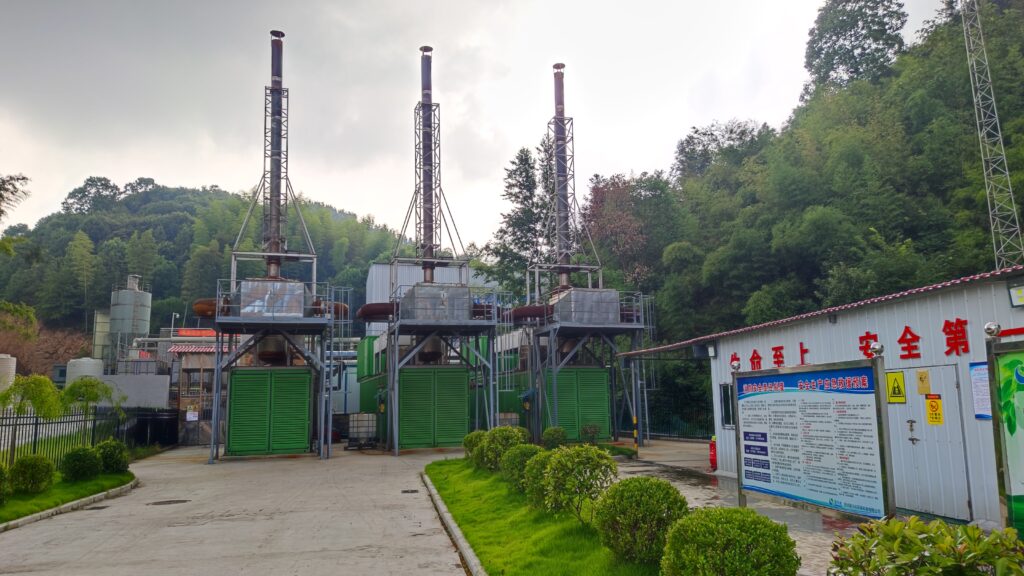Liling Landfill Gas Project

Introduction
The Liling Landfill Gas Project is a prime example of how innovative waste management can deliver significant climate and community benefits. Located in Liling, Hunan Province, China, this project captures methane-rich landfill gas from municipal solid waste and converts it into renewable electricity. By preventing methane—a greenhouse gas over 25 times more potent than carbon dioxide—from escaping into the atmosphere, the project helps combat climate change, supports local energy needs, and demonstrates the power of sustainable infrastructure and it highlights how landfill gas recovery aligns with international carbon credit mechanisms and offers individuals and businesses a verified way to support impactful climate action.
Table of Contents
Project Overview
The Liling Landfill Gas Project was developed to address the dual challenges of growing waste volumes and rising greenhouse gas emissions in rapidly urbanizing China. As organic waste decomposes in landfills, it produces methane and other gases. If left uncontrolled, these gases not only contribute to global warming but also pose safety and odor problems for nearby communities.
The project involves installing a network of vertical gas extraction wells and a collection system throughout the landfill. Methane-rich landfill gas is captured, purified, and combusted in engines to generate electricity. This electricity is then supplied to the local grid, displacing power that would otherwise be produced from coal or other fossil fuels.
The project’s performance is regularly verified by third parties, ensuring transparent measurement and reporting of actual emission reductions.

Environmental and Climate Impact
Methane Capture and Emission Reductions
Methane is a major driver of climate change, and landfills are one of the largest sources of anthropogenic methane emissions worldwide. By capturing and utilizing landfill gas, the Liling project prevents thousands of tonnes of methane from entering the atmosphere each year. This results in a significant reduction in greenhouse gas emissions and contributes to China’s broader climate goals.
The project’s design includes a robust gas collection system, with wells constructed using high-density polyethylene (HDPE) pipes. These wells are strategically placed and sealed to maximize methane recovery and minimize leaks. The captured gas is then processed and burned in a controlled environment, ensuring that methane is converted to carbon dioxide—a far less potent greenhouse gas—while generating clean electricity.
Renewable Energy Generation
The electricity generated from landfill gas is a renewable, low-carbon energy source. By feeding this power into the local grid, the project helps reduce reliance on coal-fired power plants, which are a major source of air pollution and carbon emissions in China. The transition to cleaner energy sources supports both local air quality and global efforts to mitigate climate change.
Community and Economic Benefits
Local Job Creation
The construction and operation of the Liling Landfill Gas Project have created jobs in engineering, facility management, and environmental monitoring. These opportunities support local economic development and foster expertise in advanced waste management and renewable energy technologies.
Improved Community Health and Safety
By capturing landfill gas, the project reduces odors and the risk of landfill fires or explosions. This improves the quality of life for nearby residents and enhances overall safety at the landfill site. The reduction in methane emissions also means better air quality and fewer health hazards associated with uncontrolled landfill gas.
Transparency and Verification
The Liling Landfill Gas Project is registered under international standards for carbon credits, ensuring rigorous third-party validation and ongoing monitoring of emission reductions. The project’s data, methodologies, and results are publicly reported, providing transparency and accountability for buyers of carbon credits and other stakeholders.
Broader Context: Landfill Gas Projects in China
China has rapidly expanded its landfill gas utilization capacity in recent years, with dozens of projects now operational across the country. These initiatives are supported by favorable policies, such as priority grid access and premium tariffs for electricity generated from landfill gas. The Liling project is part of this broader movement, demonstrating how municipal waste can be transformed from an environmental liability into a valuable energy resource. Coffset’s portfolio includes similar high-impact landfill gas projects that meet strict international standards.
Conclusion
The Liling Landfill Gas Project exemplifies how innovative waste management can deliver climate, energy, and community benefits. By turning landfill methane into clean power, the project reduces greenhouse gas emissions, supports renewable energy goals, and improves local quality of life. As cities worldwide seek sustainable solutions for waste and energy, projects like Liling provide a proven blueprint for action. When you offset through Coffset, you directly support projects like Liling that deliver real, measurable climate benefits.
Take action today, calculate your emissions using Coffset’s carbon footprint calculator and contribute to projects that make a real difference!
References:
https://www.globalmethane.org/documents/events_land_20060309_gupta.pdf
https://www.scirp.org/journal/paperinformation?paperid=87067
https://www.cnaught.com/projects